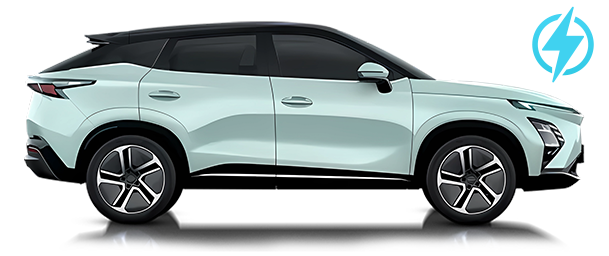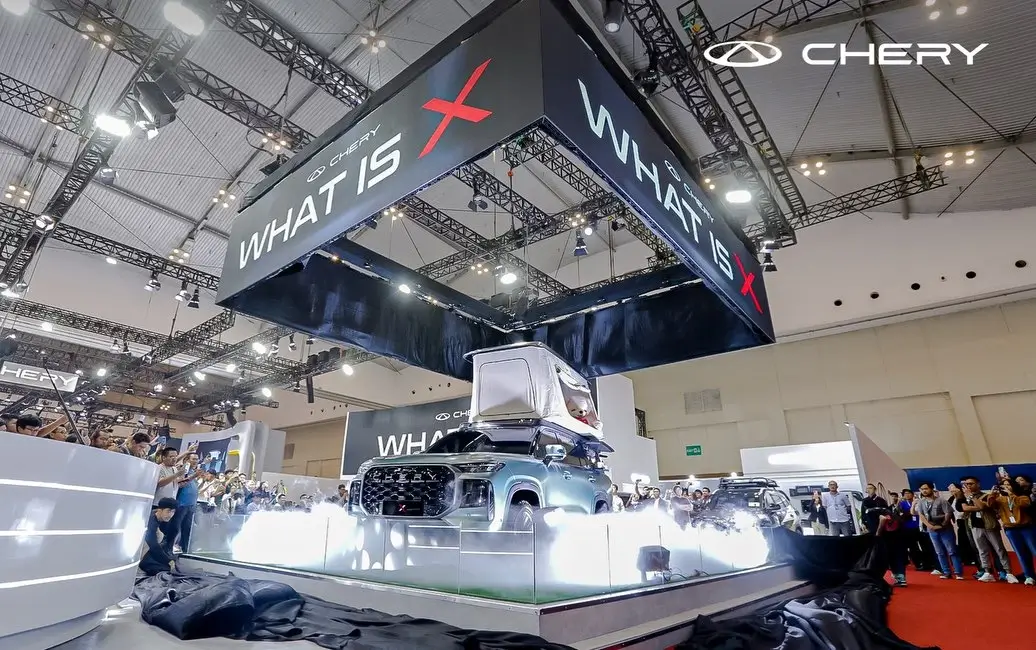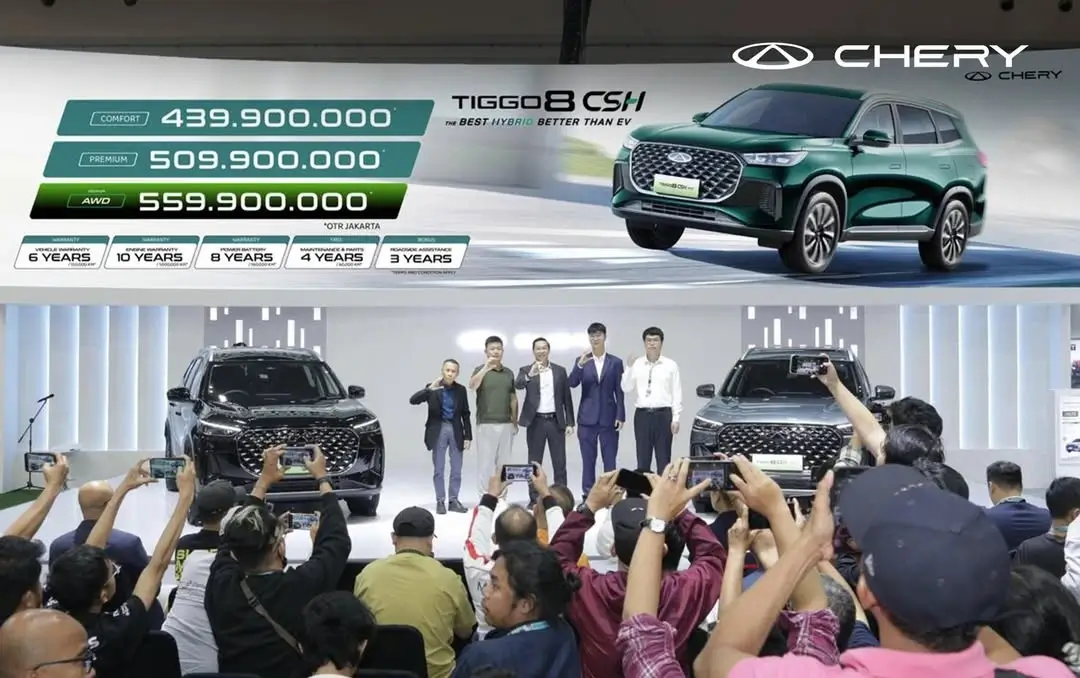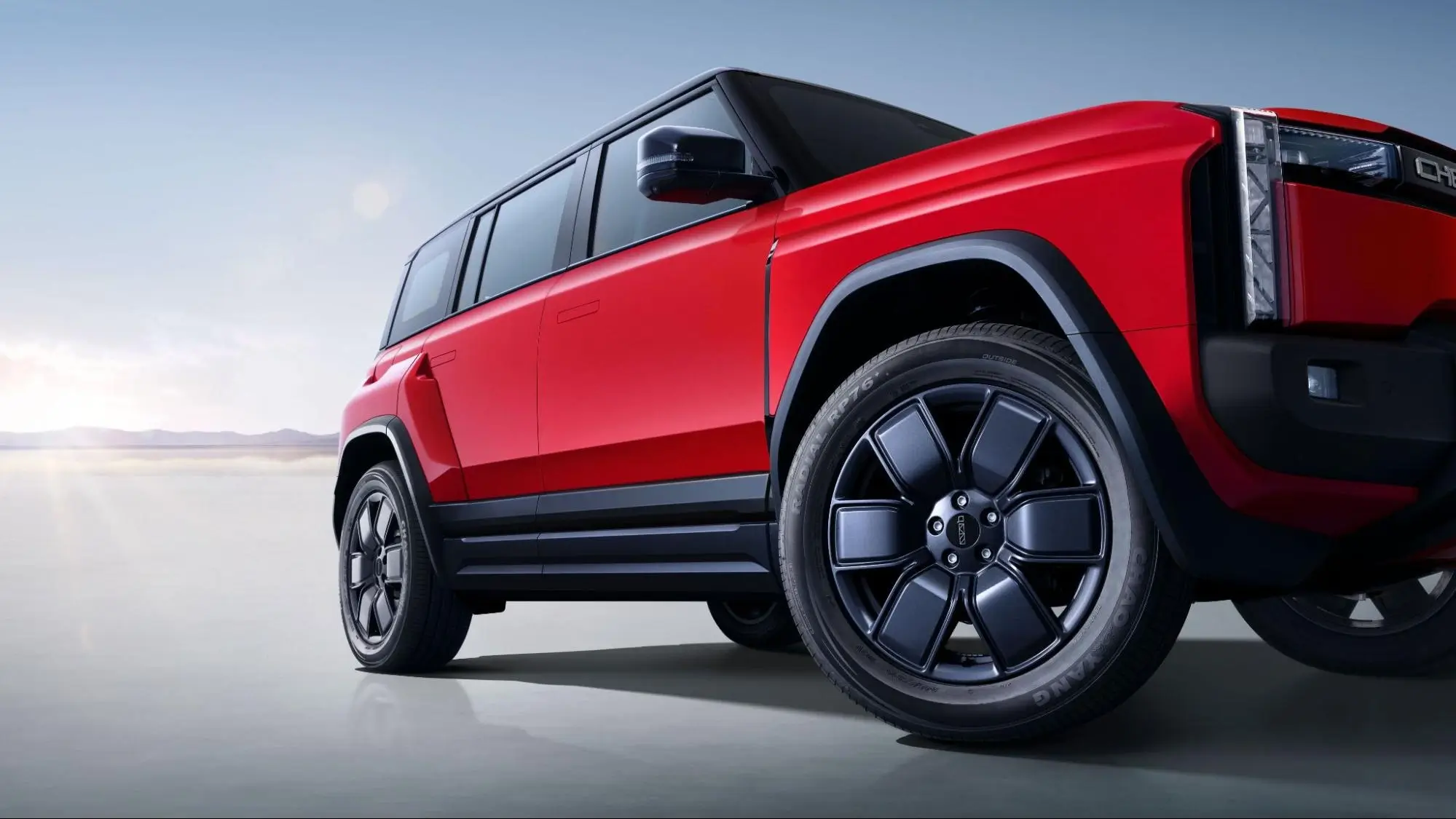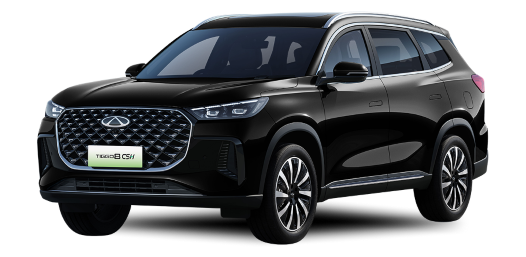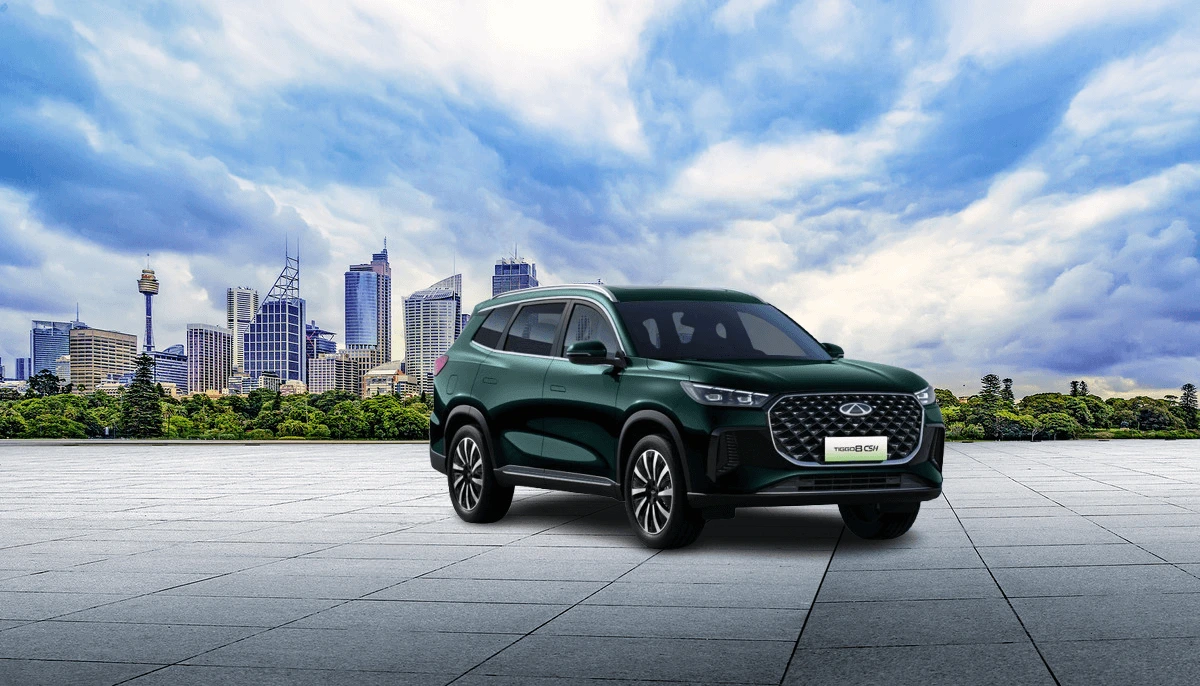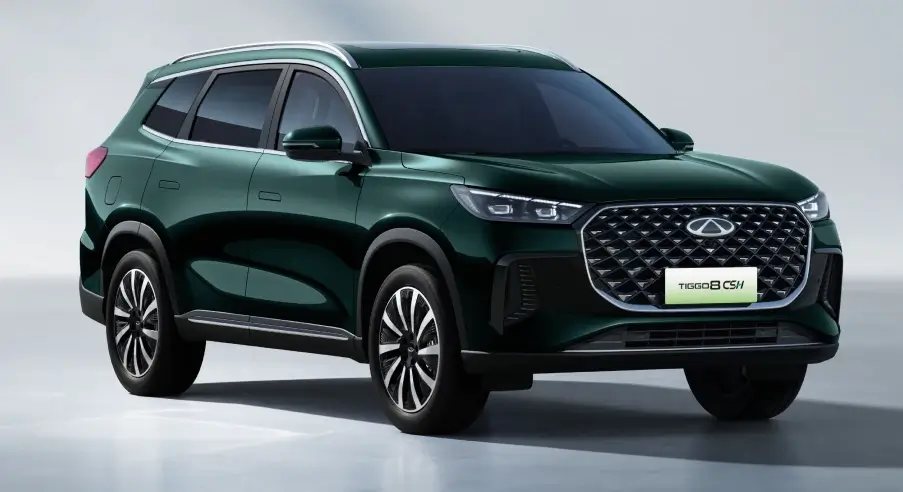The arrival of the Chery J6T in Indonesia is set to enliven the electric SUV segment. The J6T comes as the highest variant of the J6 model, which was launched earlier. Designed as an off-road EV, the J6T offers superior specifications in several aspects, including performance, design, safety systems, and more.
The Chery J6T is ready to become an ideal choice for users seeking an eco-friendly electric vehicle that remains tough across various terrains. With prices starting from around Rp500 million, the J6T delivers dependable specifications for its class. Although engineered for off-road adventures, the J6T still brings a range of modern technologies.
Let’s take a look at some of the J6T's advantages compared to competitors, especially within the electric off-road SUV segment.
1. Powerful Performance
The Chery J6T offers highly competitive performance in its class thanks to two configuration options: RWD and iWD (AWD). The RWD variant produces 184 PS with 220 Nm of torque, making it very capable for daily mobility.
Meanwhile, the iWD variant delivers a significant performance boost with up to 279 PS and 385 Nm of torque. This impressive power makes the J6T highly responsive in various road conditions. Additionally, it can accelerate from 0–100 km/h in just 6.5 seconds.
For both city use and tackling rough terrains, the Chery J6T provides flexibility with 8 selectable driving modes. Modes such as Muddy, Sand, Slippery Road, and Bumpy Road offer more precise control across different surfaces. This versatility makes the J6T an urban EV that is also ready for exploration.
2. Large-Capacity Battery and V2L Feature
The Chery J6T uses an LFP battery known for being heat-resistant, stable, and highly safe for long-term use. The 65.69 kWh (RWD) and 69.77 kWh (iWD) battery packs offer a driving range of 431–436 km based on NEDC standards.
Beyond its efficient range, the J6T also excels in charging speed, achieving 30%–80% fast charging in just 25 minutes. Interestingly, this electric SUV also provides a Vehicle to Load (V2L) feature, which is extremely useful for outdoor activities. The feature becomes highly beneficial when users need electrical power during travel.
Another advantage of the J6T’s battery lies in its protection system. With triple armor protection and the ability to wade through water up to 625 mm, the J6T stands out as one of the toughest EVs for tropical climates.
3. Masculine Yet Stylish Design
The Chery J6T features the “Fashion Cube Box Design” concept, combining urban, sporty, and rugged characteristics. Its boxy silhouette offers a modern yet functional appeal, suitable for young users or families seeking a stylish SUV.
The exterior of the J6T looks bold with a black bumper featuring a new design line. The gloss-finished Front Dual Guard further adds a premium impression. LED fog lamps enhance functionality during extreme weather conditions. Meanwhile, the large 19-inch wheels with 245/55 tires strengthen its stance and provide stability across various terrains.
4. Rugged Body for Off-Road Terrain
The Chery J6T is presented as an electric SUV truly designed for adventure. Its dimensions of 4,433 × 1,916 × 1,741 mm with a 2,715 mm wheelbase give it proportions that are aggressive yet sturdy. Despite its increased size, the J6T is actually lighter thanks to the use of an aluminum frame that improves body rigidity by up to 30%.
One of the most striking advantages of the J6T is its 225 mm ground clearance, which is higher than most competitors. Combined with a 26° approach angle and 28° departure angle, the J6T is ready to tackle rough roads, steep inclines, and muddy terrain. These capabilities make the J6T known as an electric SUV that’s ready to venture beyond paved roads.
5. Modern and Premium Interior
The interior of the Chery J6T now appears more modern with a redesigned sun visor, an elegant center box, and a cabin layout that feels more ergonomic. These enhancements deliver a more premium driving experience without sacrificing practicality.
Additionally, the 9.2-inch instrument panel has been updated with a new layout that is more informative and easier to read. The J6T also retains its 15.6-inch touchscreen as the main control center, equipped with an intuitive interface.
The J6T further enhances comfort with its New Section Seat Surface Design, offering more ergonomic seating for long journeys. The use of a side-opening armrest box adds practicality, especially for daily use.
6. Comprehensive Safety and Security Systems
The Chery J6T comes equipped with a complete set of safety features, including ADAS such as Adaptive Cruise Control, Lane Keeping Assist, and many others. It also supports off-road safety features like Hill Descent Control, which gives it an edge on steep terrains.
With a strong body structure and six airbags, the J6T meets global safety standards for modern SUVs. This electric SUV also features the Journey & Navigation app, enhancing driving safety and personalization during outdoor adventures.
The J6T’s battery safety is among the best in its class thanks to its triple armor protection. The battery system allows the vehicle to wade through water up to 625 mm, giving drivers confidence when crossing flooded or water-filled terrain.
Read also: Differences Between The J6 and J6T: Upgraded Features, Performance & Technology
Chery J6T not only delivers the powerful performance typical of an electric SUV but also combines safety, comfort, and modern technology. With its stylish design, off-road capability, and safe, efficient battery system, the Chery J6T becomes an appealing choice for consumers seeking an electric vehicle suited for various terrains.
If you’re looking for a reliable and durable electric SUV for daily use as well as adventure, the Chery J6T is definitely worth considering. Explore other Chery models and their full specifications at chery.co.id.


